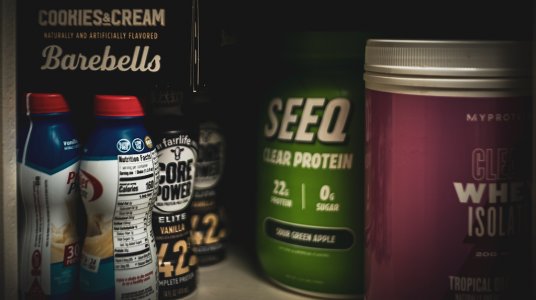- 47,248
- 96,790
- Joined
- Mar 19, 2013
I deadlift, I just don't pull from the ground anymore because I'm taller.
How many sets and reps do you guys do for deadlifts if you mix them in on back day?
Used to be sets of no more than 5 when I was going heavy.
Now it's 4-5 sets of 10, low weight.





































